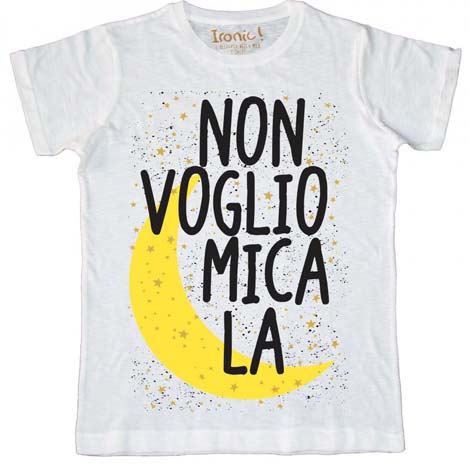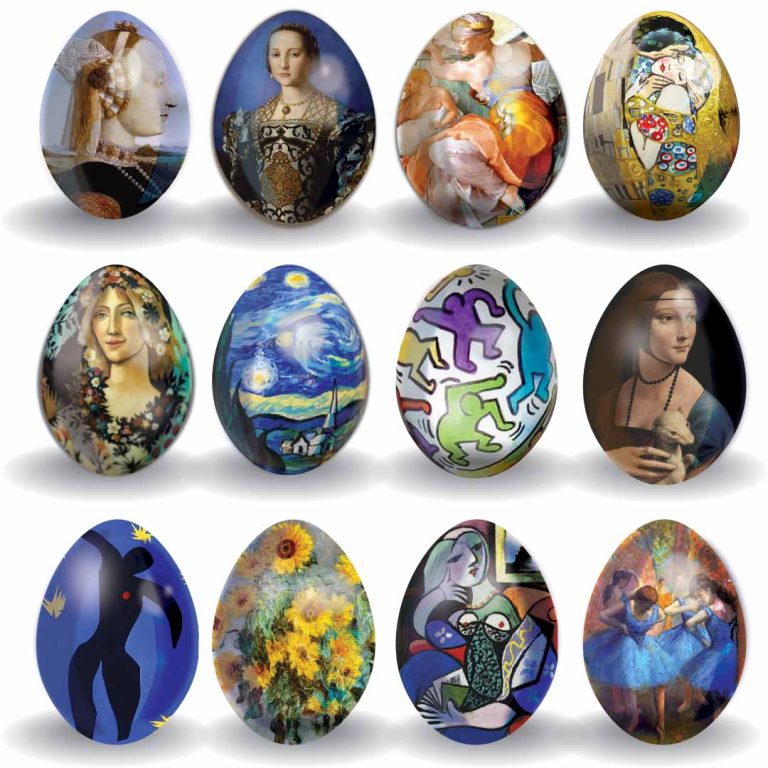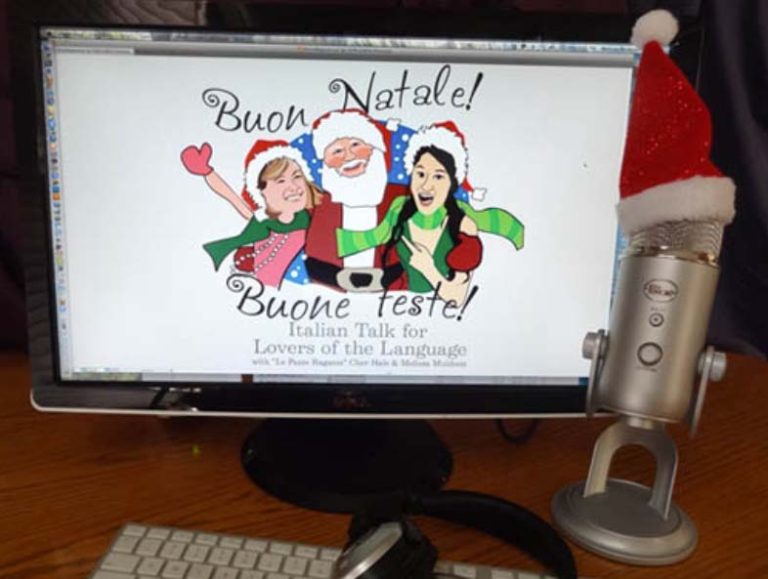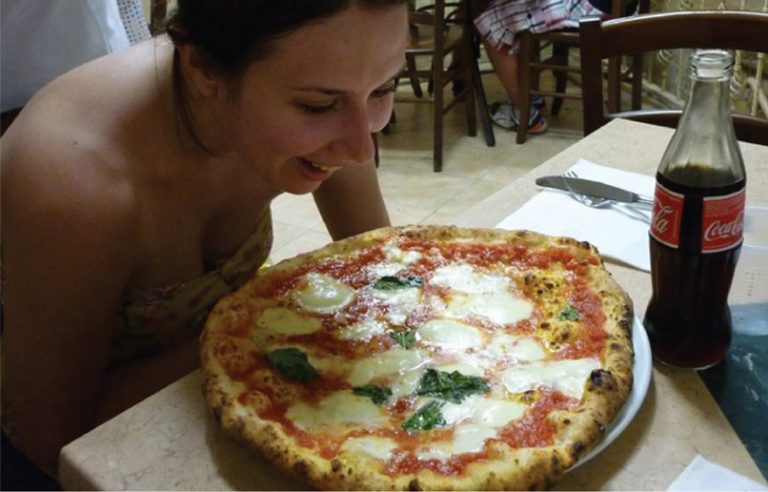
Padronanza dei pronomi dell’oggetto diretto italiano
Mastering Italian Direct Object Pronouns
Usare i pronomi oggetto diretto: Un viaggio diretto verso la fluidità
Using Direct Object Pronouns: A Direct Journey to Fluency
Usare i pronomi dell’oggetto diretto italiani è come prendere un treno diretto in Italia: entrambi ti portano a destinazione più velocemente! Come un treno diretto salta fermate inutili, questi pronomi eliminano parole ridondanti, rendendo il tuo viaggio linguistico più scorrevole e piacevole.
Using Italian direct object pronouns is like taking a direct train in Italy: they both get you to your destination faster! Just as a direct train skips unnecessary stops, these pronouns cut out redundant words, making your linguistic journey smoother and more enjoyable.
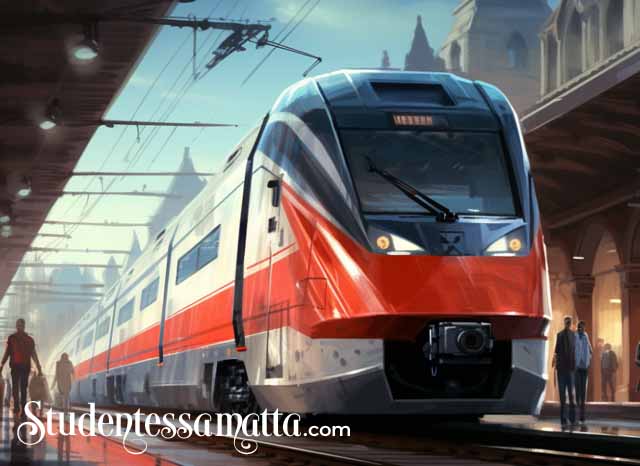
Cosa sono i pronomi oggetto diretto?
What are Direct Object Pronouns?
I pronomi diretti italiani sono parole che sostituiscono e fanno riferimento agli oggetti diretti in una frase. Gli oggetti diretti ricevono direttamente l’azione di un verbo e si usano con verbi come vedere (to see), conoscere (to know), chiamare (to call), sentire (to hear), volere (to want), e comprare (to buy).
Italian direct object pronouns are words that replace and refer to direct objects in a sentence. Direct objects receive the action of a verb directly and are used with verbs like vedere (to see), conoscere (to know), chiamare (to call), sentire (to hear), volere (to want), and comprare (to buy).
Singular Direct Object Pronouns:
Mi
Ti
Lo
La
Ci
Vi
Li
Le
———–>
———–>
———–>
———–>
———–>
———–>
———–>
———–>
Me
You
Masculine singular object
Feminine singular object
Us
You (plural)
Masculine plural objects
Feminine plural objects
Positioning of Direct Pronouns in the Present Tense:
Direct object pronouns can be placed before the conjugated verb or
attached to the end of an infinitive verb or present participle. For example:
Io prendo il treno per andare a Milano.
I take the train to go to Milan.
Lo prendo per andare a Milano.
I take it to go to Milan
Capisci quello che dico?
Do you understand what I’m saying?
Lo prendo per andare a Milano.
I take it to go to Milan
Ci vedete?
Do you see us?
Sì, vi vedo.
Yes, I see you all.
Voglio leggere il libro.
I want to read the book.
Voglio leggerlo.
I want to read it.
Ci vedete?
Do you see us?
La mangio.
I eat it.
Mangio la pizza.
I eat the pizza.
Voglio leggerlo.
I want to read it.
Sto guardando le foto.
I am looking at the photos.
Le sto guardando.
I am looking at the photos.
Positioning of Direct Pronouns in the Past Tense:
Using Italian direct object pronouns in the past tense requires a combination of the auxiliary verb “avere” (to have) or “essere” (to be) with the past participle of the main verb, along with the placement of the direct object pronoun.
In a construction using the past tense and a direct pronoun the past participle of the verb acts like an adjective and must be modified to suit the gender and number of the object.

Dove hai comprato i tuoi libri?
Where did you buy your books?
Vuoi rispondere che li hai comprati in Italia l’anno scorso.
You want to say you bought them in Italy last year.
Participio passato di comprare: comprato
Coniugazione corretta del verbo: ho comprato
Oggetto: libri, maschile plurale
Modifica del participio passato: -i
Risultato / Results
Li ho comprati in Italia l’anno scorso.
I bought them in Italy last year.

More examples
Ho mangiato la pizza. (I ate the pizza.)
L’ho mangiatA. (I ate it.)
Hai visto il film? (Did you see the movie?)
Lo hai vistO? (Did you see it?)
Abbiamo comprato i biglietti. (We bought the tickets.)
Li abbiamo compratI. (We bought them.)

Ora che hai capito i Pronomi Oggetto Diretto Italiano…esci e sii più diretti!
Now that you understand Italian Direct Object Pronouns — get out there and be more direct!
Buon Viaggio Linguistico!
Have a great linguistic journey!
Compito utilizzando pronomi oggetto diretto
Homework using Direct Object Pronouns

Fill in the Blanks with the Appropriate Definite Article
and then Direct Object Pronoun (Singular)
Marco ha il libro interessante. (Marco has the interesting book.)
Marco l’ha. (Marco has it.)
Marta vuole mangiare ___ pizza. (Marta wants to eat the pizza.)
_____________________ (Marta wants to eat it.)
Guardo ___ film d’azione. (I am watching the action movie.)
_____________________ (I am watching it.)
Luca ha visto ___ amico ieri. (Luca saw his friend yesterday.)
_____________________ (Luca saw him yesterday.)
Teresa ha trovato ___ chiavi? (Did Teresa find the keys?)
_____________________ (Did Teresa find them?)
Anna legge ___ giornale ogni mattina. (Anna reads the newspaper every morning.)
_____________________ (Anna reads it every morning.)
Stasera, cucineremo ___ pasta. (Tonight, we will cook pasta.)
_____________________ (Tonight, we will cook it.)
Ho comprato ___ vestiti nuovi. (I bought new clothes.)
_____________________ (I bought them.)
Paolo mangia ___ mele. (Paolo eats the apples.)
_____________________ (Paolo eats them.)
Abbiamo visto ___ film fantastici. (We saw fantastic movies.)
____________________ (We saw them.)
Martina ha preso ___ libri dalla biblioteca. (Martina took books from the library.)
_____________________ (Martina took them from the library)
Avete letto ___ lettere? (Have you read the letters?)
_____________________ (Have you read them?)
Ho incontrato ___ amici al parco. (I met friends at the park.)
_____________________ (I met them at the park.)
Le ragazze ballano ___ canzoni preferite. (The girls dance to their favorite songs.)
_____________________ (The girls dance to their favorites.)

